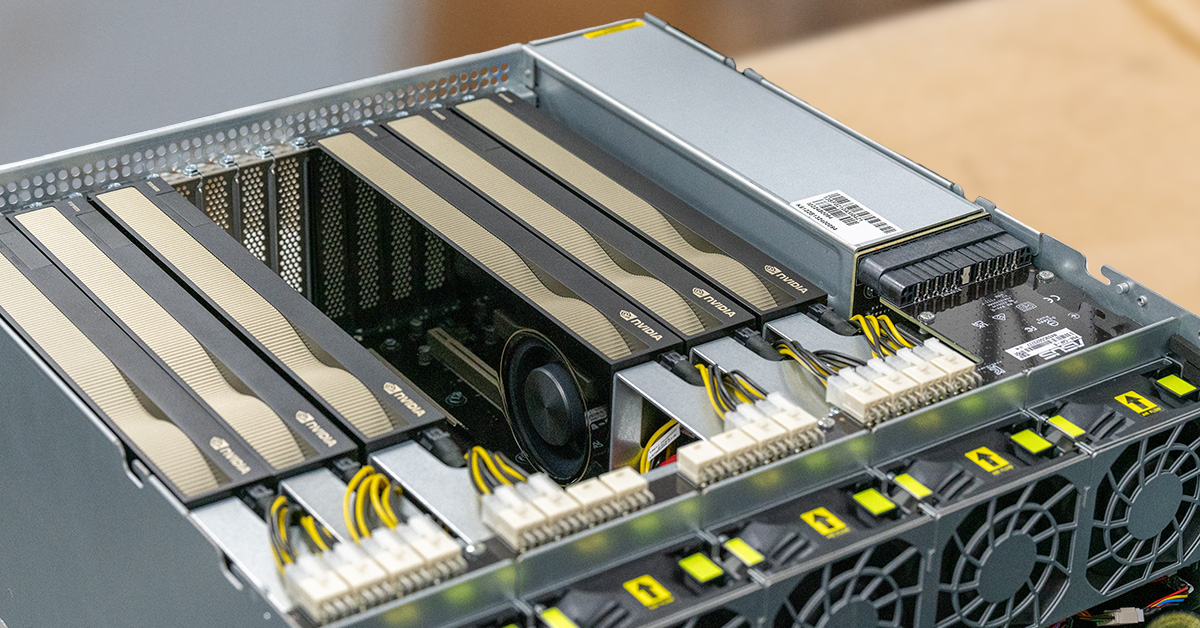Using NVIDIA RTX 6000 ADA GPUs to drive Edinburgh University’s Machine Learning Research
Conversation
The Institute for Adaptive and Neural Computation (ANC) from the School of Informatics at Edinburgh University conducts research on computational neuroscience, computational biology, and machine learning. They needed a powerful GPU server to drive their world-leading research. Their use of machine learning involves developing probabilistic methods that find patterns and structure in data, to apply to a wide range of scientific and technological problems, from health sciences to computing. However, their existing solution relied on using outdated GeForce cards, so insufficient memory and power inefficiency associated were causing delays in their workflow.
Collaboration
At first, the ANC were looking to utilise L40 GPUs. However, we instead helped them settle on the NVIDIA ADA 6000 series. These were both more cost-effective, with a better price-performance ratio, and more power efficient, making them a more sustainable choice too.
Their server is also highly scalable. Whilst it currently only uses 4 RTX 6000 ADAs, it has the capacity for up to 8 GPUs, so there’s plenty of headroom for future upgrades as the institute's research progresses.
We opted for a rackmount solution, which is beneficial to the institute for several reasons. As well as being an easier managed and shared resource compared to individual workstations, it also has a much smaller carbon footprint, bringing the university closer to its sustainability targets.
Confidence
Overall, we worked closely with the ANC to design the most cost-effective and efficient solution possible. The institute now has a powerful NVIDIA RTX 6000 ADA-based GPU server with enough memory to help them run their Machine Learning workloads and deliver their research with confidence.

